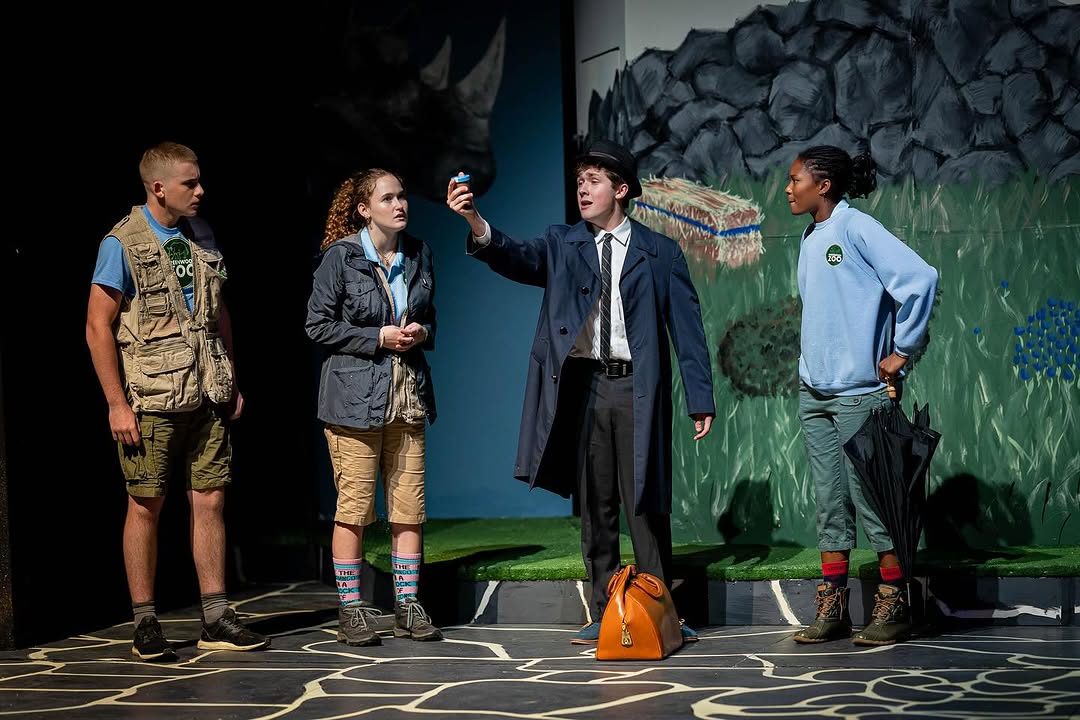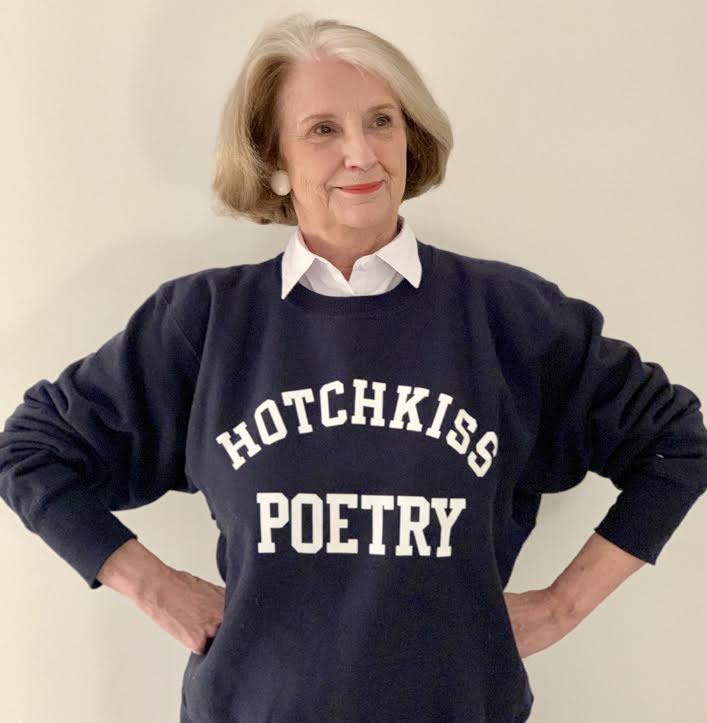The rise of AI-generated art in recent years has caused significant controversy within the art community. Artists all over the world are not only angered by the ethical problems that it raises, but fear for the future of their careers.
AI art generators, such as DALL-E 2 and Midjourney, are fed millions of images from the open web, which are then analyzed by algorithms that recognize patterns and relationships. This data allows the bot to generate new images in the same style, creating what we now call “AI Art.”
The process threatens artists who post their work online as the AI analyzes and integrates their artworks into the generated products, essentially replacing the innately human-like method of creating art through vulnerability with a hollow somewhat human replica of what once was. This raises questions about copyright infringement, ownership, and even the definition of “art.”
Artists all over the world have been protesting against AI art. Lois van Baarle, a digital artist and animator, has expressed her discontent through her Instagram post, writing, “[M]y artwork is included in the datasets used to train these image generators without my consent. I get zero compensation for the use of my art, even though these image generators cost money to use, and are a commercial product.” As copyrighted work is being used illegally by commercial companies, many artists claim that AI art is essentially a high-tech form of plagiarism.
However, others defend AI art, saying that since human creativity is still required to come up with prompts for the generator, AI art is no different from other digitally-enhanced artworks. Mr. J. Bradley Faus, director of the art program, summed up the problem at hand. “Is it an inherently human, spiritual act to be involved in the actual moment-to-moment crafting of art?” he asked. Could a person who has no artistic skill or experience become an artist just by putting keywords into a computer?
The answer, unfortunately, seems to be yes. An AI-generated work, “Théâtre D’opéra Spatial,” took first place in the digital art category at the Colorado State Fair in 2022. While other artists who participated in the fair spent hundreds of hours working on their pieces, Jason Allen completed his AI-generated work within seconds by typing a few words into a generator. The piece was spectacularly detailed, yet some argued that something felt off.
The style of “Théâtre D’opéra Spatial” was similar to popular digital artists such as Wang Ling (WLOP) and Zheng Wei Gu (Guweiz), who specialize in fantasy landscape creation. The piece was colored and initially appealing, yet closer inspection reveals that the artwork is sloppy at best.
The objects in the background are unidentifiable mounds of color that mimick a realistic, detailed background by packing as many vague forms together as possible. The figures aren’t actually human at all — they’re the AI’s attempts at making shapes look human. Each of the figures are missing key anatomical features such as arms, faces, or legs. In fact, one figure almost looks as if she has two arms and both arms are lacking a hand.
These mistakes are common in AI-generated artwork and point to why AI art can never be the same as human-made art. Even if they are debugged and realize that humans have five fingers on each hand and not seven, ultimately, AI Art generators lack a deeper understanding of what it means to be human. “The most important thing about art is the ability to convey stories, feelings, and messages. I think that’s a part [of art] that AI will never be able to replace,” said Lauren Niem ’26, a digital artist and Prep studio art student.
It’s true that right now we may be awed by the originality of AI Art, but as time goes on, people will realize its superficiality and begin to appreciate the irreplaceable nature of works produced by the blood, sweat, and tears of true, human artists.







